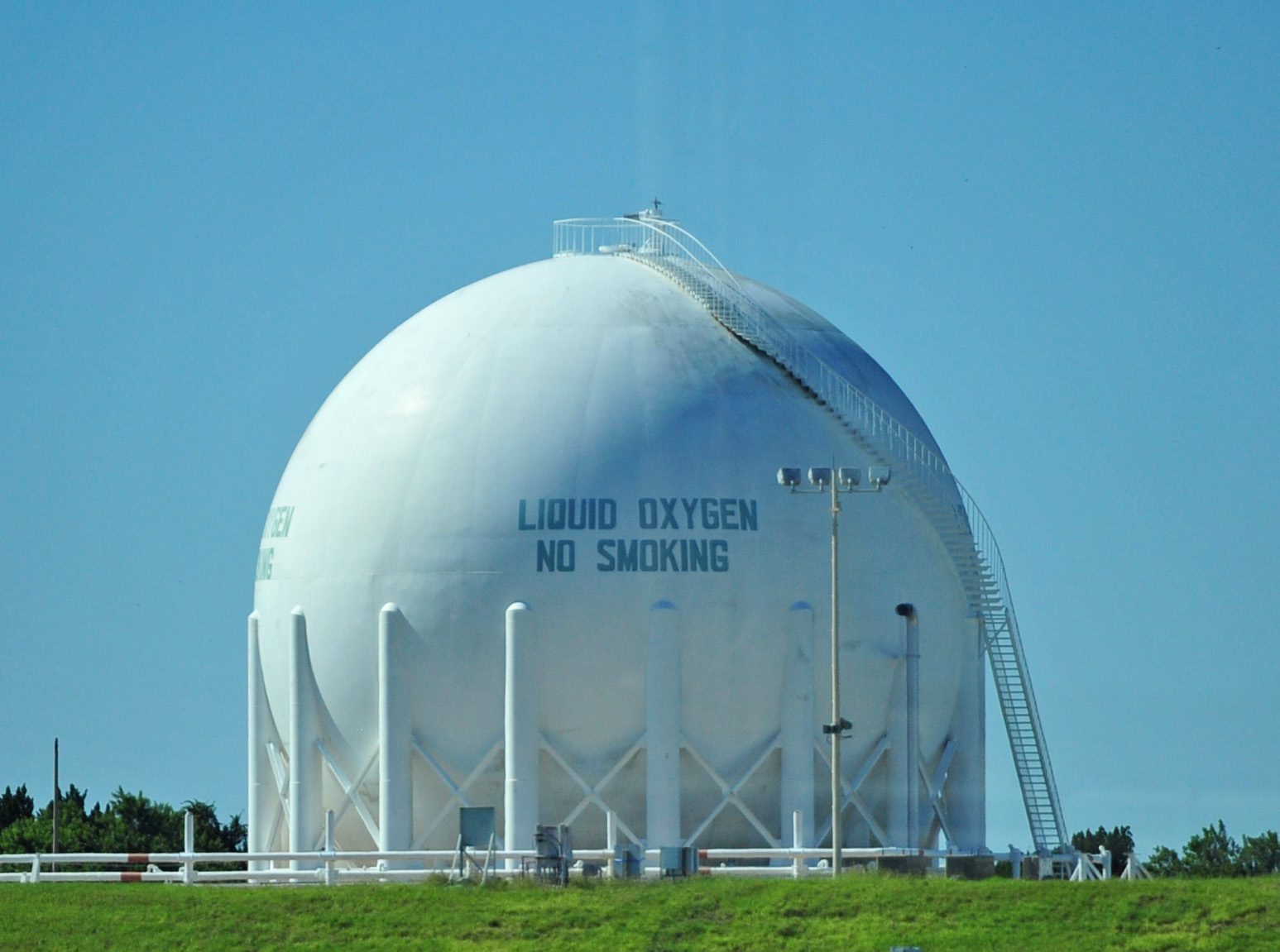Due to the latest pandemic surge, the demand for liquid oxygen has been increased due to the delta variant of COVID-19. The supply of liquid oxygen to other purposes has been kept down, resulting in a shortage of water purification, rocket launches, steel industries, metal productions, etc.
The supplies to these industries have been shifted on a priority basis to the health care departments. Due to this, other goods manufacturing industries are finding it difficult to perform their functions.
NASA took an unpredicted step to ground a satellite launch scheduled in September due to the shortage of liquid oxygen. Further, they can reschedule or delay the launch due to the lack of supply of LOX.
“We are really to be impacted this year due to the lack of liquid oxygen supply for the launch.” says Gwynne Shotwell [President of SpaceX]
We want to make sure the hospitals get the necessary supplies of liquid oxygen, but if somebody has supplies of liquid oxygen to spare, send an email to me, they further added.
Patients with damaged respiratory systems need liquid oxygen for the treatments, like people with severe cases of SARS-COVID 19. As oxygen is standard in the atmosphere, hospitals need it in massive amounts to treat patients with respiratory problems.
In the United States, obtaining highly concentrated oxygen from place to place is generally obtained by bringing up the gas into a liquid, which is flimsy but can create complications.
Hospitals are flooded with COVID-19 patients, which is why the demand increases, creating different types of problems for other production units outside the medical industry.
Liquid oxygen often acts as a fuel for SpaceX
In the aerospace industry, the fuel used most commonly is liquid oxygen. During the rocket launch, the oxygen reacts with the fuel to send a spacecraft to take off. If the shortage of liquid oxygen continues, it could lead to detaining the launches. Still, currently, it’s not the situation now.
“This can be a risk, but not still a limiting factor,” says SpaceX founder ELON MUSK through the Twitter account.
This is a risk, but not yet a limiting factor
— Elon Musk (@elonmusk) August 26, 2021
The lack of supply is creating indirect pressure on the other parts of the space industry too. A gas distributor for the United launch alliance is now concentrating on the dire oxygen circumstances in Florida, a progress that could change the program for a satellite launch next month, reported by SpaceNews.
In the meantime, Florida residents have been reporting some cases of shortfall of liquid oxygen in their water supplies. To create ozone, water utilities use liquid oxygen. The ozone helps to treat water in destroying harmful bacteria and viruses and crashes the compounds that can make the water taste weird. On the other hand, chlorine and other chemicals can also set out the same function, but oxygen has more minor disadvantages.
In Orlando, the water shortages have created the local utility to ask the people to stop watering their gardens and save water for increasing the supply of liquid oxygen.
Sadly, the utility has only seen an “Average Reduction” in water demand, as per the update posted on 25th August.
The residents of Orlando reduced the water usage from 90 million gallons per day to 82 million gallons per day, but the utility aims only to supply 50-60 million gallons per day until the LOX supplies come back to normal in Central Florida.
In Tampa Bay, the water utility used bleach instead of oxygen to treat its water supply. The utility typically uses oxygen to remove hydrogen sulfide that smells like rotten eggs from its water.
Over in Tampa Bay, the water utility has commenced using bleach instead of oxygen to manage its water. The utility usually uses oxygen to detach hydrogen sulfide, a gas that smells like rotten eggs, from its water.
While changing to bleach, the utility warned that “consumers who are sympathetic to taste and odor changes in drinking water might observe a slight change this phase” even though the standard and safety will persist unchanged.
Currently, Florida has the most COVID-19 hospitalization rate, says CNN. A 12-hour wait was observed in the emergency room in Tampa.



